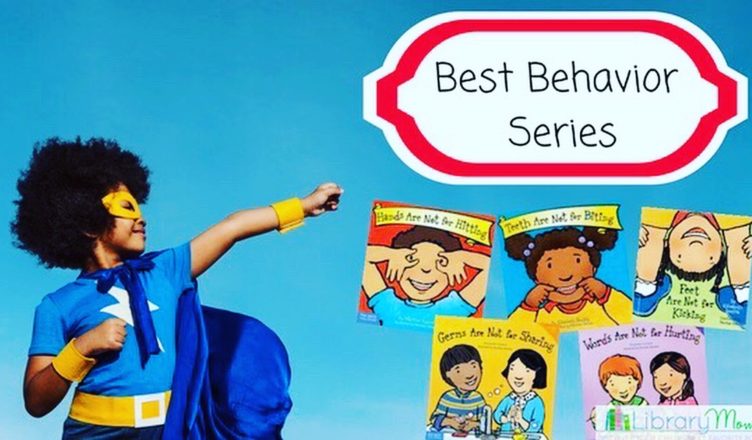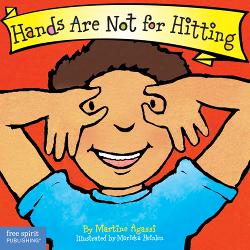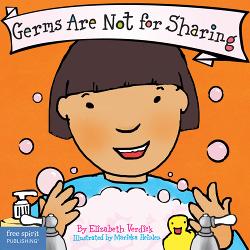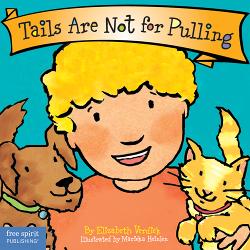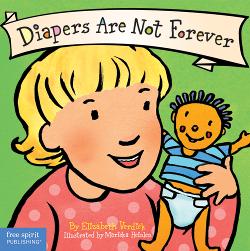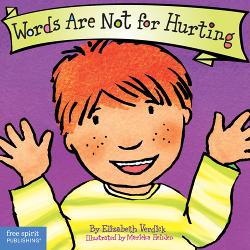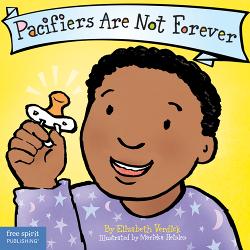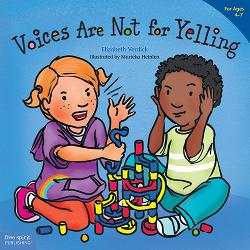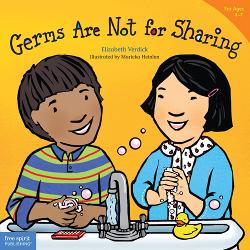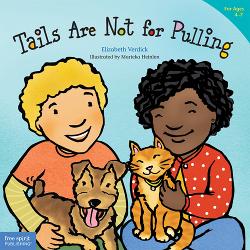Best Behavior Series by Elizabeth Verdick; illustrated by Marieka Heinlen
These books are terrific tools for addressing typical, but difficult behaviors seen in young children such as biting, hitting, nose picking, yelling etc. Using simple language and bright illustrations featuring diverse children, each book tackles various behaviors in a gentle, but powerful way that children can understand. With helpful tips for parents and caregivers in the back of every book, these stories provide the perfect jumping off point to confront undesirable behaviors with children.
One of the other things I really like about these books, is that they often demonstrate how other people can be affected by the child’s behavior. For example, others may be hurt if a child hits, kicks, bites, or uses unkind words. Children could also get sick from germs if they pick their nose and don’t use a tissue or wash hands. Both my son and daughter really took to the books and gained a better understanding of why the behavior was not acceptable and a sense of empathy.
I absolutely love these books and read several of them with my son and daughter. When my son went through a short biting phase, I read Teeth Are Not for Biting and found the tips in the back of the book so useful that I wrote them down in case he displayed the behavior again.
*This post contains affiliate links. To read my full disclosure CLICK HERE.
There are board book versions aimed at children ages 2 – 5 that are more simplified.
There are also paperback versions aimed at older children between 4 and 7 that are longer in length and provide more detail about behavior in a clear and concise way. For example, in Words Are Not for Hurting, the text explains that words can hurt and help. It then provides examples of positive words such as, “Let’s work together” and “Do you want to share this with me?” It also gives examples of unkind words and demonstrates how people may feel when they hear those words. The text goes on to explain how a child might feel upset or regretful when using hurtful words and that it is never too late to apologize and make amends. The book also teaches children what they can do if they hear unfriendly words. The tips for parents, caregivers, and teacher in the back of the book is even more extensive than the board books and are very helpful.


